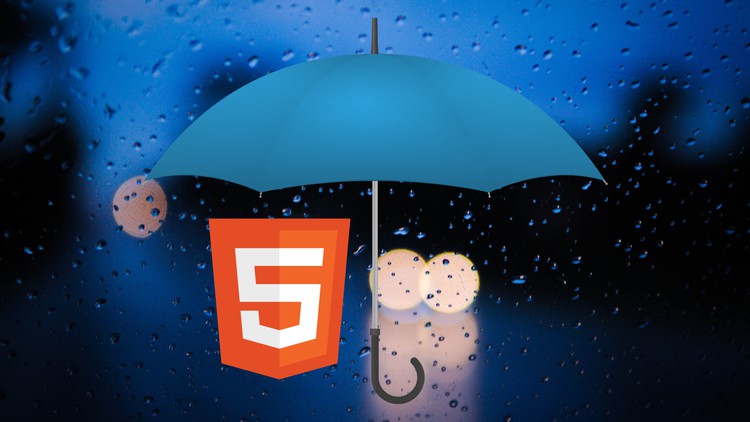
Learn HTML fundamentals swiftly and confidently through structured lessons and practical demonstrations.
What you will learn
Introduction to HTML: Learn the basic structure and syntax of HTML documents.
Creating HTML Pages: Set up simple HTML pages and add content such as headings, paragraphs, and lists.
HTML Tags and Elements: Explore various HTML tags for different types of content, including images, links, and sections.
Styling HTML with CSS: Understand how CSS can be used to add styles, colors, and layouts to HTML elements
Designing HTML Elements: Learn to design HTML elements using CSS, including text styling, backgrounds, and colors.
Localhost Practice Website: Build a practice website on your local machine, containing a beautifully designed home page and a gallery page.
Using External Stylesheets: Implement external CSS stylesheets to organize and manage your website’s styling.
Making Changes and Identifying Code: Utilize browser developer tools to inspect and modify HTML/CSS code efficiently.
Description
In this course, we’ll start with the fundamentals in Section 1, where you’ll get acquainted with HTML and set up your coding environment using Visual Studio Code. You’ll dive into Section 2 to grasp the basics of HTML through practical examples, covering everything from creating website structures on localhost to working with forms, images, videos, etc.
Once you’ve learned the basics, we’ll move on to Section 3, where you’ll explore HTML design techniques using CSS. Learn how to style your web pages with colors, text formatting, and layout adjustments to create visually appealing content.
Section 4 takes you through a hands-on project structure, where you’ll build a home page and a gallery page using HTML on localhost. You’ll understand the importance of organizing your project and implementing best practices for efficient development.
In Section 5, we’ll delve deeper into styling by creating external CSS files for our project. You’ll learn to maintain clean and manageable code by separating structure from presentation.
For developers seeking efficiency, Section 6 introduces the powerful tool of Inspect Element. Discover how to utilize this tool effectively for debugging and making real-time code changes, saving you time and effort in the development process.
Finally, In Section 7, we’ll bring our immersive HTML journey to a satisfying close with a comprehensive conclusion, distilling the essence of your experience into a clear and insightful summary.
Content